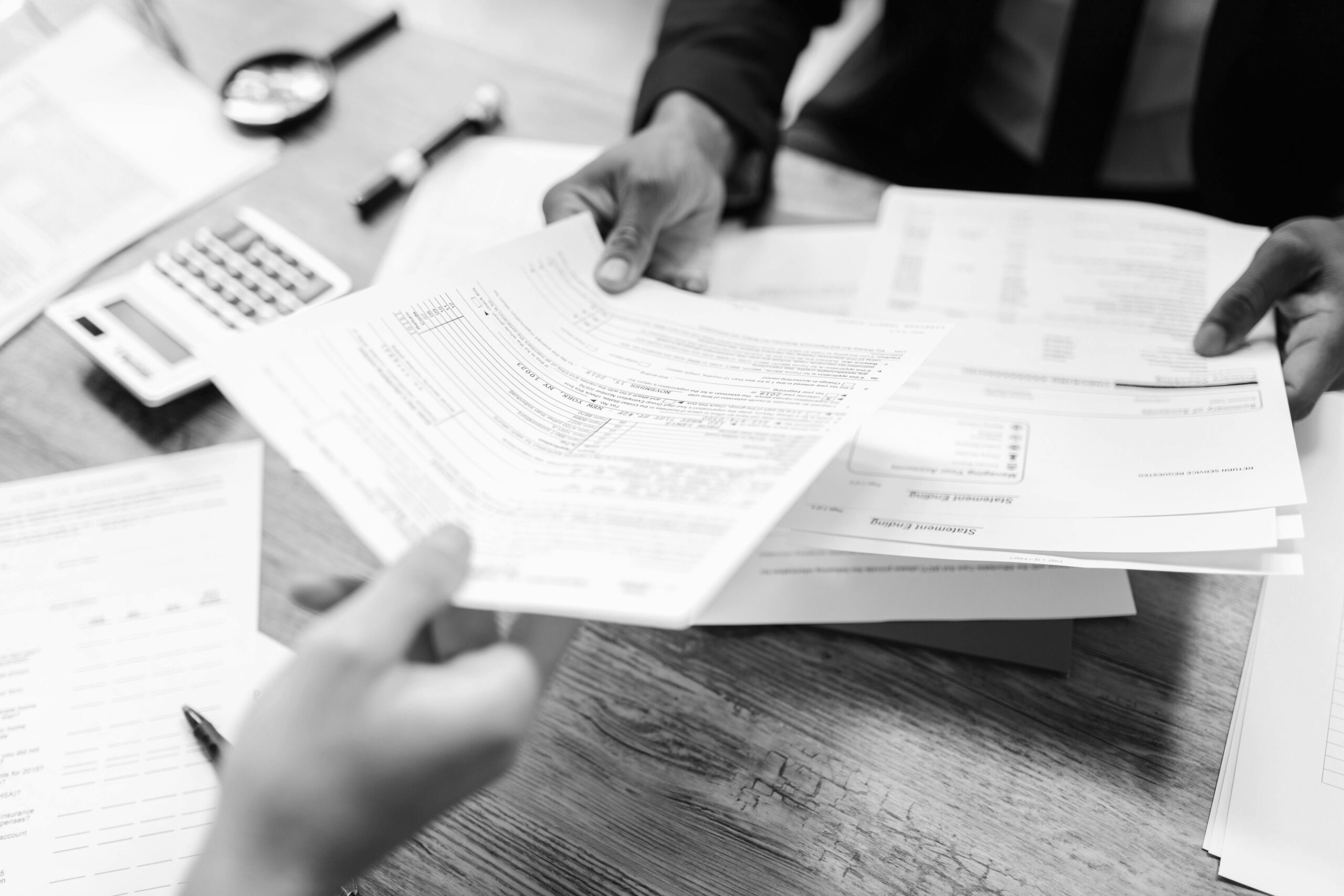As a freelancer, your income depends on getting paid promptly and efficiently. Invoicing is the cornerstone of your financial success, and mastering this process is crucial for your business’s sustainability. Here are some best practices to ensure you get paid on time, every time:
Make your invoices professional:
Every invoice should include essential information:
- Invoice Number: Helps track and organize invoices.
- Invoice Date: The date the invoice is issued.
- Client Name and Address: Ensure accuracy to avoid delays.
- Your Business Name and Address
- Description of Services: Be specific and itemize each service provided.
- Quantity and Unit Price: Clearly state the number of hours worked, deliverables completed, or units produced.
- Tax Information: Include applicable taxes (VAT, sales tax) clearly.
- Payment Terms: Specify the due date (e.g., “Net 30 days”) and preferred payment methods (e.g., bank transfer, PayPal).
- Contact Information: Include your phone number and email address for easy communication.
Set Clear Payment Terms
- Communicate Expectations: Discuss payment terms with your clients upfront, ideally during the contract negotiation phase.
- Be Flexible (Within Reason): Offer options like early payment discounts to incentivize prompt payment.
- Stick to Your Terms: Politely but firmly follow up on overdue invoices.
Choose the Right Payment Methods
- Bank Transfer: Generally the most efficient and cost-effective method for both you and your clients.
- Online Payment Platforms: Platforms like PayPal, Stripe, and Square offer convenience and security, but may have transaction fees.
- Credit Cards: Consider offering credit card options, but be mindful of processing fees.
- Avoid Cash whenever possible): Cash payments can be difficult to track and may not be suitable for larger projects.
Send invoices promptly
- Timely Submission: Issue invoices immediately after completing work or delivering deliverables.
- Use Automated Tools: Explore invoicing software or project management tools that can automate invoice generation and delivery.
Track invoices meticulously
- Use an Invoicing System: Implement a system to track all invoices, including dates issued, due dates, and payment status.
- Send Reminders: Send polite reminders a few days before the due date and again if payment is overdue.
- Consider Late Fees: Implement a late fee policy to discourage delayed payments, but be sure to communicate this clearly upfront.
- Clear and Concise Communication: When discussing payment, be polite, professional, and assertive.
- Address Concerns Promptly: If a client has questions or concerns about an invoice, address them promptly and professionally.
Protect Yourself
- Get Contracts in Writing: Always have a written contract that outlines payment terms and project scope.
- Consider Insurance: Explore professional indemnity insurance to protect yourself from potential legal issues related to payment disputes.
Best practices like these can really help your cashflow, but many people find it embarrassing to chase invoices and keep good records. Have a chat with us to see what works best for your wider business and financial strategies and let us help you keep the money flowing in.


